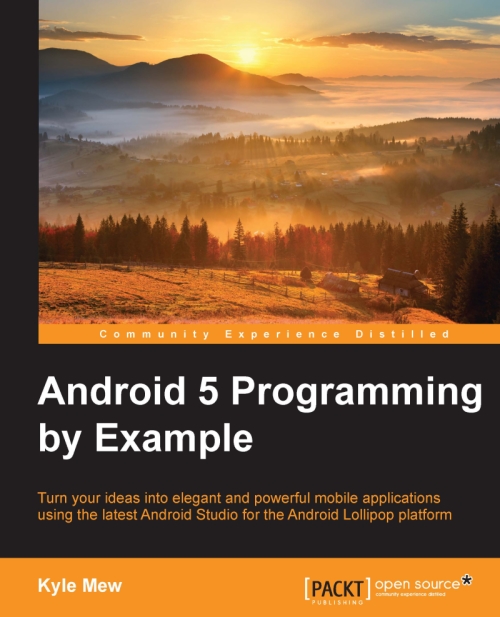
Game Architecture And Programming Wiley Pdf
Programming for Design lets you rapidly acquire the knowledge and skills needed to successfully program a moderate-size space. EDITH CHERRY, FAIA, is an Associate Professor and former Director of Architecture at the University of New Mexico. Her professional experience includes seven years spent at CRS (now HOK) and twenty-one years as a.
The definitive guide to professional game development. Game Engine Architecture covers both the theory and practice of game engine software development, bringing together complete coverage of a wide range of topics. The concepts and techniques described are the actual ones used by real game studios like Electronic Arts and Naughty Dog. The examples are often grounded in specific technologies, but the discussion extends way beyond any particular engine or API.
The references and citations provided in this book make it a great jumping off point for those who wish to dig deeper into any particular aspect of the game development process. This book is intended to serve as the course text for a college level series in game programming. It can also be used by amateur software engineers, hobbyists, self-taught game programmers and existing members of the game industry alike. Junior game engineers can use this text to solidify their understanding of game technology and engine architecture. Even senior engineers who specialize in one particular field of game development can benefit from the bigger picture presented in these pages. Game Engine Architecture is available for sale now at major outlets including,,. New to the Third Edition This new and improved third edition offers the same comprehensive coverage of game engine architecture provided by previous editions, along with updated coverage of: • computer and CPU hardware and memory caches, • compiler optimizations, • C++ language standardization, • the IEEE-754 floating-point representation, • 2D user interfaces, • plus an entirely new chapter on hardware parallelism and concurrent programming.
This edition also provides some new insights into the making of Naughty Dog's ™, ™ and ™. It also repairs all of the errata that you, my devoted readers, found in the first and second edtions.
Thank you for the feedback -- keep it coming!

Description Game Architecture and Programming introduces readers to the technologies and software engineering practices used in the game industry today. It helps readers learn the basics of creating a PC game based on DirectX. The topic is effectively branched into two parts: game architecture and game programming. The examples and programming codes are practical and interesting to implement, hence providing a very engaging readership experience. It expects the reader to be familiar with C and C++ programming and have a very basic understanding of Windows programming. Once done, the readers will be able to build their first game on Windows by writing their own graphics and logic engine. Part A Game Architecture 1.
Core Game Design 1.1 Introduction 1.2 Game design principles 1.3 Game design process 1.4 Build the concept 1.5 Creating the game specification 1.6 Gameplay in detail 1.7 Gameplay specification Summary Key Terms and Concepts Review Questions Assignment 2. Initial Design 2.1 Introduction 2.2 Game and hardware abstraction 2.3 The problem domain 2.4 Tiers of game architecture 2.5 Tokenization Summary Key Terms and Concepts Review Questions Assignments 3. Technical Aspects of Game Design 3.1 Introduction 3.2 The state of the art 3.3 Blue-Sky research 3.4 Reinventing the wheel 3.5 Use of object technology Summary Key Terms and Concepts Review Questions Assignments 4.
Building Blocks 4.1 Introduction 4.2 Game development issues 4.3 Core groups in soft ware factory and their interactions 4.4 Reusability in soft ware Summary Key Terms and Concepts Review Questions Assignment 5. Acer travelmate p243 lan driver for windows xp. Initial Architecture Design 5.1 Introduction 5.2 Architectural styles 5.3 The tier system 5.4 Architecture design 5.5 Applying tier-based approach to architecture design Summary Key Terms and Concepts Review Questions Assignments 6. Development 6.1 Introduction 6.2 The development process 6.3 Code quality 6.4 Coding priorities 6.5 Debugging and module completion 6.6 The seven golden principles of effective design 6.7 Five important aspects in game development 6.8 The three lead balloons Summary Key Terms and Concepts Review Questions Assignments Programming Assignments Part B Game Programming 7. Technologies 7.1 Introduction 7.2 Deviation from normal programming 7.3 Available game platforms 7.4 Game display technologies 7.5 DirectX and OpenGL 7.6 Tools for game development 7.7 Display systems 7.8 Game engines 7.9 User interface 7.10 Resource caching 7.11 The main loop Summary Key Terms and Concepts Review Questions 8. Design Practices 8.1 Introduction 8.2 Some standard design practices in game development 8.3 Memory and its types 8.4 Optimizing memory access 8.5 Memory alignment 8.6 Virtual memory 8.7 Memory-mapped files 8.8 Naked and smart pointers 8.9 Game scripting languages Summary Key Terms and Concepts Review Questions Programming Assignment 9.